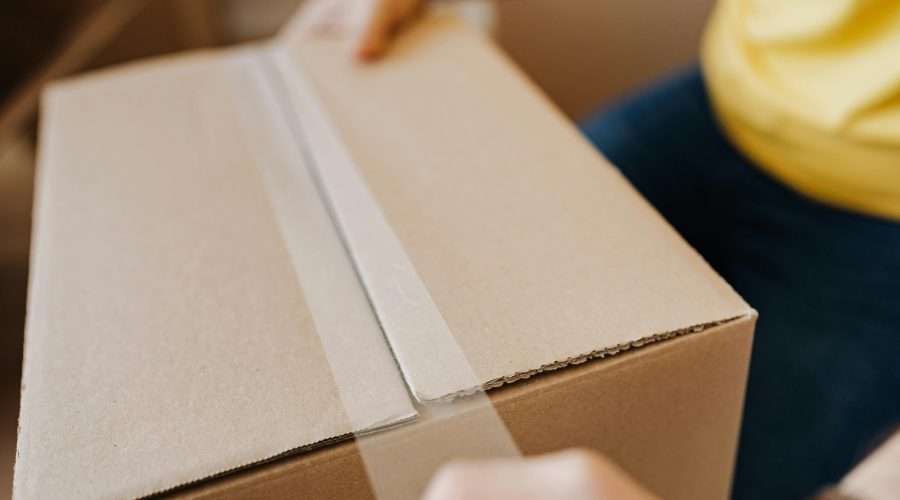There are quite a few stories of how defective products cause serious harm, leading to physical injuries, financial loss, and emotional distress. Navigating the process of filing a claim can be daunting, especially as so many questions arise—what evidence to collect, who might be liable for a defective product, etc. Understanding some of the critical aspects can make a significant difference. This article addresses three common questions about defective product claims.
How to Identify a Defective Product?
While each case is unique and needs an individual assessment, in general, a product is considered defective if it has flaws in its design, manufacturing, or marketing that make it unsafe for use. Design defects are inherent issues that exist before the product is made, while manufacturing defects occur during the production process, causing the product to deviate from its intended design.
What about the marketing part, and how is that related to defective products? Marketing defects involve inadequate instructions or warnings that fail to inform users of potential risks. Identifying which category a defective product falls into is one of the first steps.
What Evidence is Needed for a Defective Product Claim?
Gathering solid evidence is the backbone of any successful personal injury claim. Here are a few critical aspects regarding collecting evidence in defective product cases. So, it’s essential to:
- Keep the product itself, along with any packaging and receipts.
- Take clear photographs of the defect and any injuries or damages it caused.
- Document interactions with the manufacturer or retailer, including repair attempts or communications.
- Seek medical help and keep records and expert evaluations that can further strengthen the case.
These steps are essential for a solid claim; however, depending on the situation, the solid evidence list might not be limited to them. Any evidence that helps demonstrate that the product was indeed defective and directly caused injury or loss is invaluable.
Who Can Be Held Liable for a Defective Product?
Determining liability in a defective product claim is often one of the most complex parts, as, in many cases, more than one party is involved in the product’s supply chain. In such cases, among the first steps is identifying all parties.
It could be any entity that has a responsibility to ensure the safety of a product. For instance:
- Manufacturers
- Distributors
- Retailers
Sometimes it gets difficult to identify the liable parts, so it’s wise to discuss with experienced lawyers. For instance, consulting a lawyer in London (адвокат лондон) or any other city can clarify who can be held accountable in specific cases. Legal experts can guide one through the complexities and help understand the rights and options available.
Defective product claims, as any other personal injury claims, require careful documentation and a clear understanding of the involved parties’ liabilities. Identifying the defect type, gathering substantial evidence, and consulting with legal experts are some of the first things to consider when building a solid case.
For more news click thebritaintimes.co.uk
